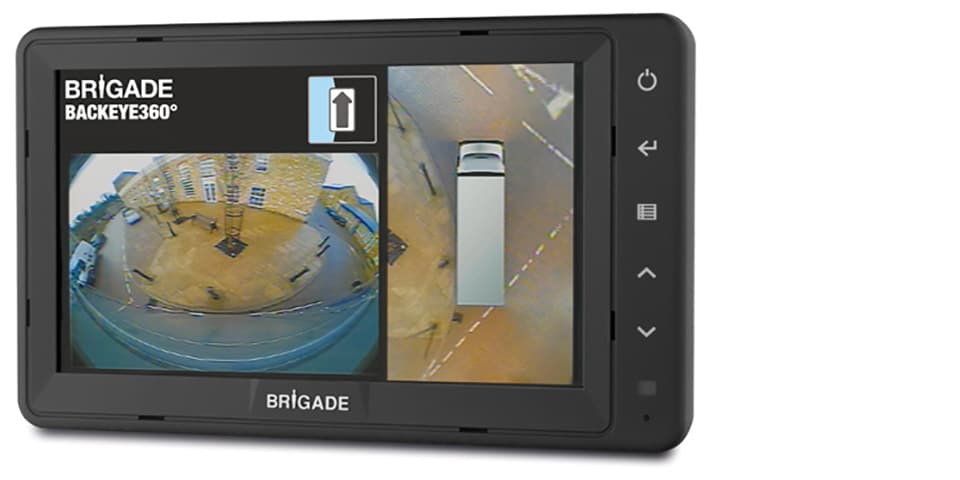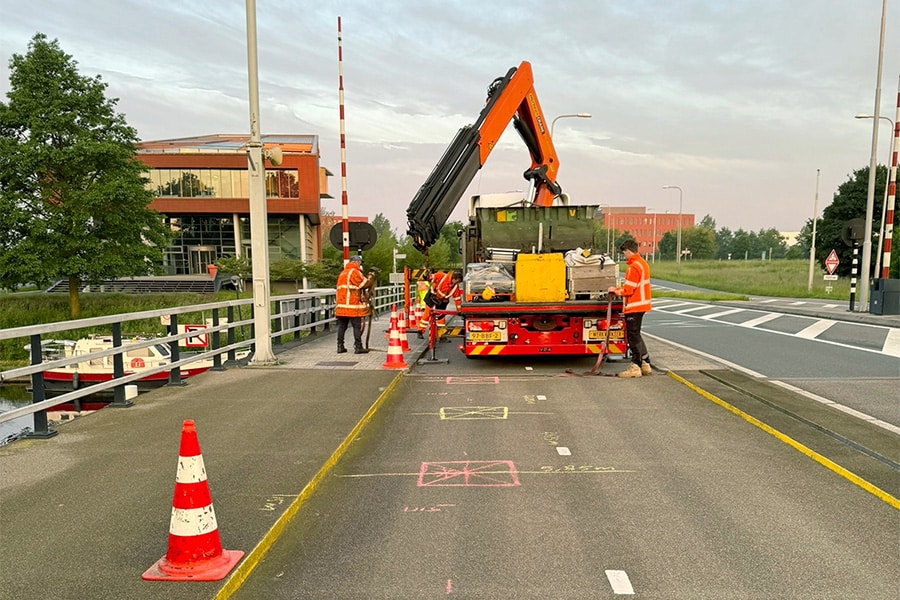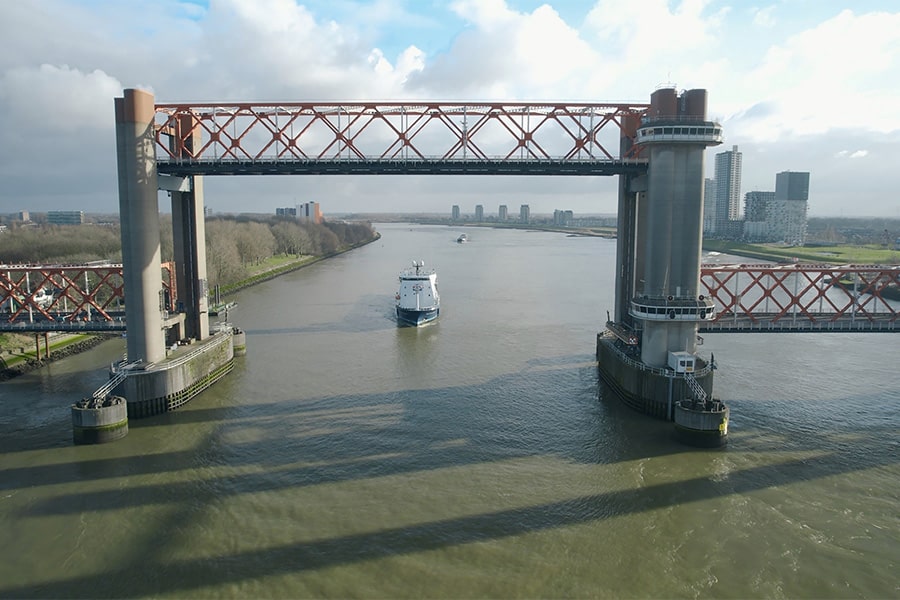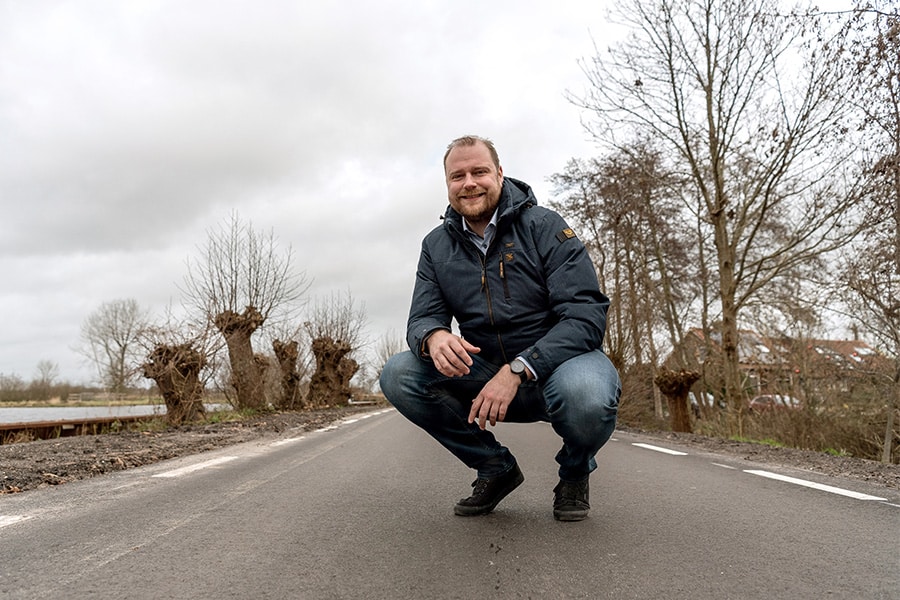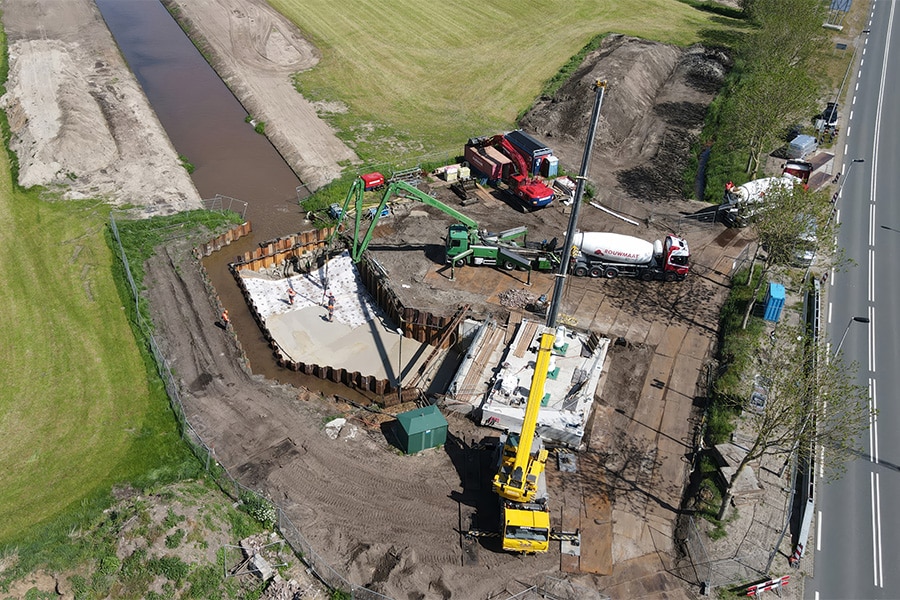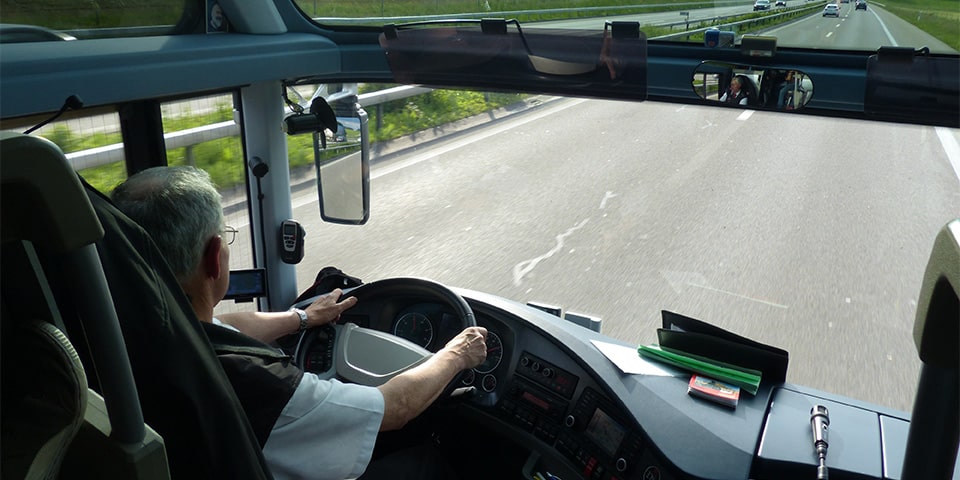
Improve traffic safety - both on and off road
Whether protecting vulnerable road users or preventing accidents among your workers, improving safety standards should always be a top priority for those who drive large vehicles and heavy machinery. Huib Slijkhuis, a vehicle safety expert at Brigade Electronics BV, discusses why improving safety on the road and on job sites is essential to prevent fatal accidents.
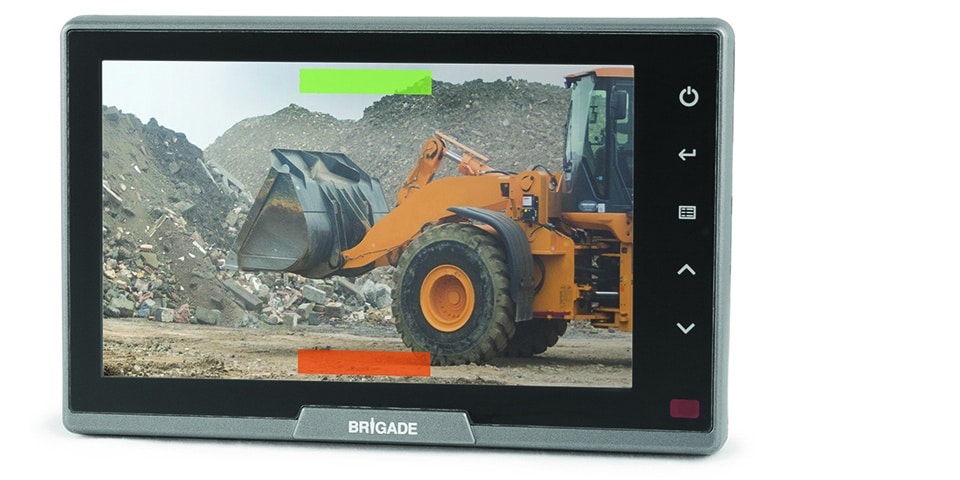
According to the World Health Organization, traffic accidents are now the seventh leading cause of fatal accidents worldwide; claiming more than 1.35 million lives annually and causing some 50 million injuries. In addition, the WHO also reports that occupations in the construction, agriculture and mining sectors, where many injuries and fatalities are caused by moving vehicles and machinery, are among the highest-risk occupations worldwide. Yet all incidents are preventable.
Appropriate vehicle and machinery safety measures are crucial to addressing problems on the road and on work sites. It is obviously important to take reasonable precautions. But to ensure that they remain effective, it is essential that they be properly integrated into the company's safety policy and communicated to drivers, operators and other employees.
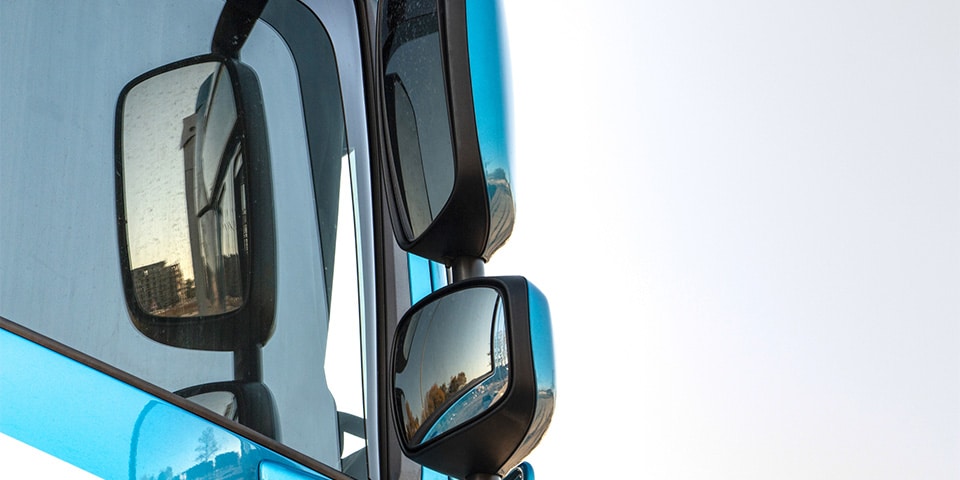
Training ensures safety principles are properly inculcated
Thorough training is a fundamental first step in maintaining safety on roadways and job sites and making employees throughout the company aware of safety policies - which should be uniform and clear. Effective training helps employees familiarize themselves with potential hazards; it teaches them how to react if something unexpected happens and to conduct thorough risk assessments before starting potentially dangerous projects or working under difficult conditions.
Specialized courses, comprehensive group training and regular refresher courses provide employees with practical learning experiences and equip them with essential information to maintain the highest standards of safety and prevent unnecessary incidents.
Vehicle Technology
Because of blind spots, vehicles maneuvering at low speeds are one of the most common causes of fatal accidents and injuries to pedestrians and other vulnerable road users. Similarly, personnel working in noisy areas and difficult conditions, often with limited visibility, are at extremely high risk of collisions with moving vehicles and machinery.
The introduction of safety systems for commercial vehicles has not only helped improve road safety, but also helped improve safety in various industries, including construction, agriculture, mining, quarrying, shipping and aviation.
To improve safety, a variety of technological solutions can be installed depending on the vehicle type and use. For example, vehicle-mounted 360-degree cameras, such as Brigade's Backeye360®, provide drivers with a constant panoramic view of what is happening around the vehicle, which they can monitor on a screen installed in the cab. Extremely wide-angle lenses on these systems' cameras provide a comprehensive view of the environment around the vehicle that even large mirrors cannot match, to completely eliminate blind spots.
Radar-based obstacle detection uses continuous-wave radar technology to detect moving and stationary objects around the vehicle and alerts drivers with an audible and visual signal so they can react appropriately.
These are just two examples of how vehicles and machinery can be made safer using technology. There are numerous options to choose from and specialists such as Brigade Electronics can advise on the best and safest devices to meet all needs.
Practical solutions to improve safety
In addition to training and vehicle technology, making concrete changes in the work environment also helps reduce the likelihood of an accident. Changing the time of day when particularly dangerous work is performed, by doing it only in daylight, for example, or limiting the number of people in areas where vehicles are working, are just a few examples of ways to prevent collisions and increase awareness.
Safety first
Safety culture comes from the top. It is therefore essential to instill clear and consistent safety messages. This is key to a work culture that puts safety first and ensures that everyone, both in traffic and on work sites, is fully aware of policies and procedures for best - and safe - practices.
